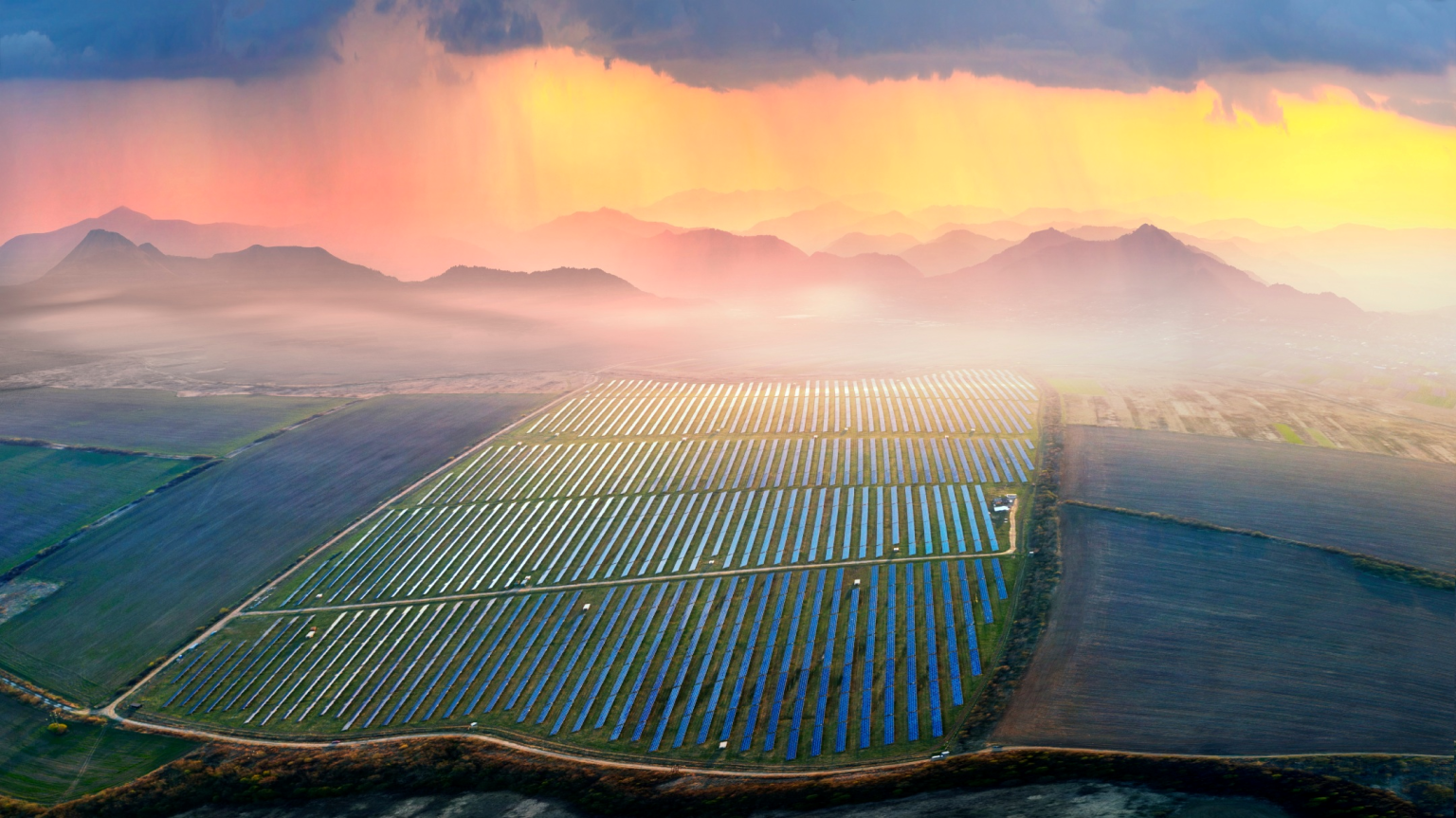Despite record renewable capacity additions of 582 GW in 2024, the world must nearly double its annual deployment rate to 1,122 GW—a 93% increase—to meet the COP28 target of tripling renewable capacity to 11.2 TW by 2030.
This gap translates to sustained annual growth of 16.6% through the decade, according to a joint tracking report released October 14, 2025, by IRENA, the COP30 Brazilian Presidency, and the Global Renewables Alliance.
Current renewable energy investment reached $624 billion in 2024, representing 7% growth year-over-year. Meeting the 2030 tripling goal requires at least $1.4 trillion annually from 2025 onward—a 124% increase from present levels. The financing gap becomes more acute when accounting for complementary infrastructure: electricity grids alone demand an estimated $670 billion per year through 2030 to integrate new capacity and maintain system stability.
The report identifies three critical bottlenecks constraining deployment: grid modernization delays, supply chain constraints for solar panels, wind turbines, batteries and hydrogen equipment, and insufficient project pipeline development despite growing capital availability. While investment grew, actual disbursements lag the levels needed to accelerate construction timelines.
G20 nations are projected to control over 80% of global renewable capacity by 2030, with G7 economies expected to increase their share to approximately 20% of worldwide installations. This concentration places primary responsibility for closing the deployment gap on major advanced and emerging economies, yet national climate plans (NDC 3.0) submitted ahead of COP30 in Belém must collectively double their ambition to align with the global target.
The Energy Efficiency Problem
Energy intensity—the amount of energy required per unit of economic output—improved by just 1% globally in 2024. The UAE Consensus goal requires 4% annual gains to keep the 1.5°C temperature limit viable. This fourfold gap between current performance and necessary progress represents an equally significant threat to climate targets as the renewable capacity shortfall.
Unlike capacity additions, which benefit from established deployment mechanisms and competitive economics, energy efficiency improvements demand coordinated policy interventions across industrial processes, building codes, transportation systems, and appliance standards. The tracking report provides limited detail on specific sectoral breakdowns or regional performance variations in efficiency gains.
The report emphasizes the need for “fair and transparent trade practices” for critical renewable technologies and international cooperation to secure trade corridors for key materials and components. This language reflects growing concerns about supply chain concentration and geopolitical vulnerabilities in rare earth elements, polysilicon production, and battery manufacturing.
China dominates multiple segments of the renewable supply chain, controlling approximately 80% of global polysilicon production and 70% of battery cell manufacturing capacity. Any disruption to these concentrated supply networks—whether from trade disputes, export restrictions, or regional conflicts—could constrain deployment rates regardless of available financing.
Climate Finance Architecture
The report calls on major economies to deliver the $300 billion annual floor established under the new collective quantified goal (NCQG) at COP29 in Azerbaijan, while scaling toward the aspirational $1.3 trillion target. This represents a significant increase from the previous $100 billion annual commitment, which developed nations struggled to meet consistently.
The private sector currently provides three-quarters of global clean energy investment, according to the Global Renewables Alliance. This ratio suggests that public climate finance serves primarily as a catalyst for larger private capital flows rather than as the primary funding source. The effectiveness of this multiplier effect varies considerably by region and technology maturity, with early-stage markets and emerging technologies requiring higher public finance shares.
Grid Integration as Rate-Limiting Factor
The $670 billion annual grid investment requirement through 2030 merits particular scrutiny. Many renewable-rich regions face curtailment—forced reduction of renewable generation due to transmission constraints—that can exceed 10% of potential output in certain Chinese provinces and Texas during peak production periods.
Grid modernization encompasses multiple technical challenges: high-voltage transmission lines to connect remote renewable resources to demand centers, distribution system upgrades to handle bidirectional power flows from distributed solar, advanced forecasting and dispatch systems to manage variable generation, and energy storage deployment to provide flexibility and grid stability services.
The report notes that energy storage must scale rapidly to facilitate renewable integration, but provides no specific deployment targets or investment requirements for storage capacity. Global battery storage installations reached approximately 90 GW in 2024, yet modeling suggests 400-600 GW may be necessary by 2030 to support the tripling target while maintaining grid reliability.
The tracking report’s call for NDC 3.0 submissions to double collective ambition ahead of COP30 highlights a fundamental tension in climate governance: the UAE Consensus established a global target through diplomatic consensus, but implementation depends on voluntary national commitments that currently fall short of collective requirements.
Historical patterns suggest significant gaps between stated NDC targets and actual policy implementation. The International Energy Agency’s 2024 analysis found that even if all announced national targets were fully implemented—an optimistic scenario—the world would remain on a trajectory toward 2.4°C warming, well above the 1.5°C threshold.
The renewable capacity tripling goal represents the most technically and economically feasible component of the UAE Consensus compared to fossil fuel phase-down commitments or adaptation finance. Yet even this comparatively straightforward objective faces a 540 GW annual shortfall with five years remaining to course-correct. The gap between record installations and required deployment rates underscores the difference between directional progress and pace sufficient to meet stated climate goals.
Stay updated on the latest in energy! Follow us on LinkedIn, Facebook, and X for real-time news and insights. Don’t miss out on exclusive interviews and webinars—subscribe to our YouTube channel today! Join our community and be part of the conversation shaping the future of energy.
